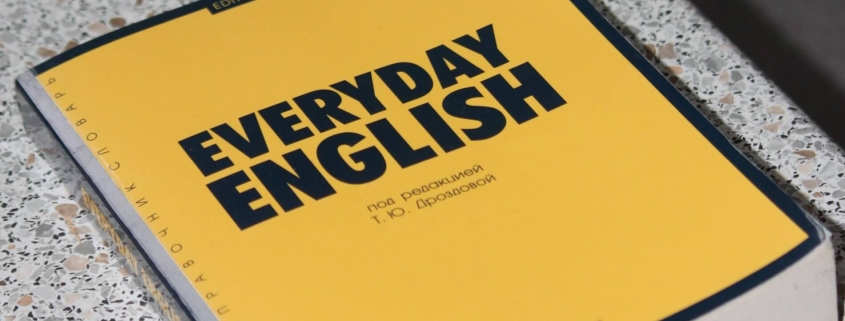It should come as no surprise that content marketing is growing in importance for PR. But, much of that value is eroded when content isn’t written correctly. With that in mind, here is a list of some grammar rules to keep in mind as you build out content for your brand, other public relations agencies or for yourself.
1. Who vs. That
Put simply, “who” should be used for people, and “that” for inanimate objects. For instance:
- I met a girl who is wearing a red dress.
- I saw a building that was painted red. (Great examples, right? Thanks.)
2. Who vs. Whom
There are very few people creating content WHO get this right (see what I did there?).
At the most basic level, the difference between “who” and “whom” is whether the pronoun is the subject or the object of the sentence. I know that means literally nothing to most of you, but the way I think about it is this:
- Are you talking about doing something for, to or from a person? Use “whom”!
- This is the girl to whom I gave my red dress.
- Are you just talking about a person? Use “who”!
- She’s the one who said that.
Another way to think about it is to play a game of Jeopardy and ask the question that would get your sentence.
- Who did you give your red dress to? I gave it to her. → should be whom
- Who said that? She did. → should be who
Maybe that’s more complicated, but essentially the rule is that, if you answer “she/he,” it’s “who,” and if you answer “her/him,” it’s “whom.”
3. Further vs. Farther
This one is simple but misused by many copy editors. I’ve seen it used incorrectly in ad copy and in Wall Street Journal articles, and many of the most eloquent people still get it mixed up.
But, it’s actually really simple. “Farther” is for literal distance, and “further” is for figurative distance.
- I can run farther than he can.
- How can we further this idea?
See? Easy.
4. Peek vs. Peak
I’ll admit it – I mess this one up quite a bit. Also, I admit to telling people that I want to “peek” at their work. That, in and of itself, is kind of embarrassing…
But, luckily, this is a very simple one to fix:
- Peek = peek-a-boo / peeking at your Christmas presents
- Peak = mountain top
5. Whether vs. If
I thought I would wrap up with my number 1, ultra-top, most biggest pet peeve. Again, once you understand this rule, it’s very easy to fix, but “if” has become such an engrained part of our English vernacular that many people mess it up constantly.
The difference is this: “whether” should be used for situations that could go one way or another, whereas “if” is used in if/then statements. It’s really just easier to show you for this one, though…
- I’m trying to decide whether I should go shopping.
- I’m trying to decide whether I should go shopping or drive to the beach.
- If you decide to go to the beach, I want to come!
- If you can’t decide whether you should go to the beach or go shopping, let’s see a movie. (BAM! Both in one sentence!)
You may now call yourself a writer. With this newly acquired vocabulary you may write entire books on healthcare PR and other PR industries. I may have exaggerated here.
This post was first published by Sarah Love on March Communications’ blog.

